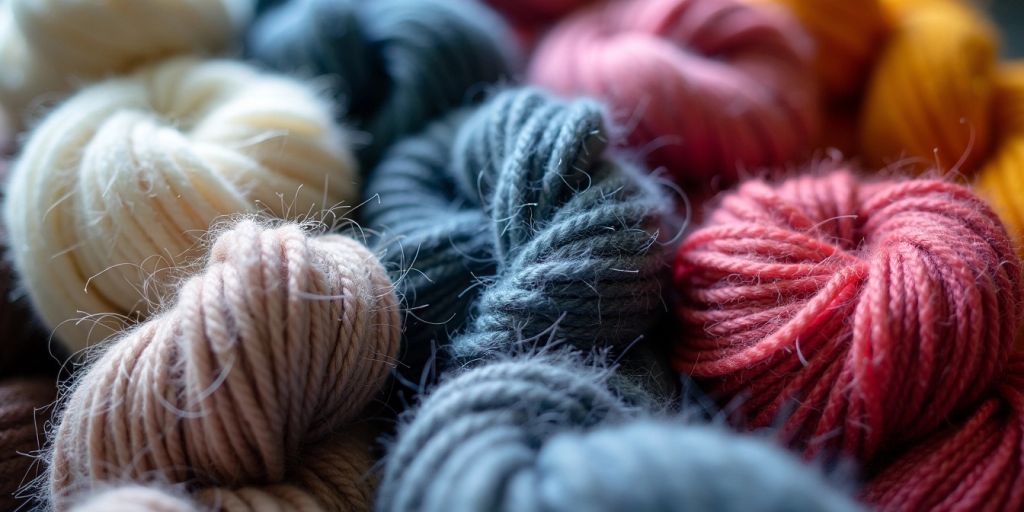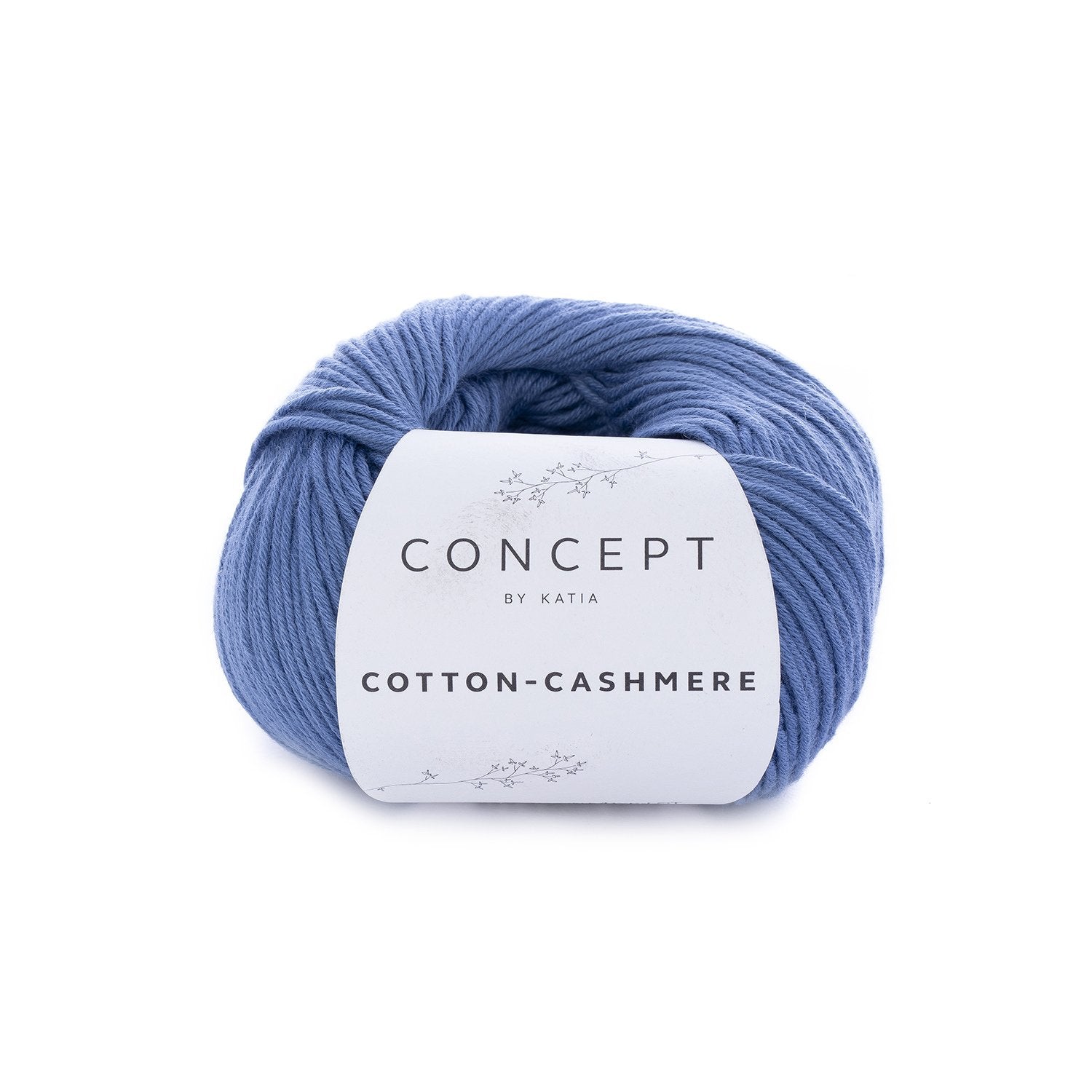Reasons You Should Require Cashmere an All-natural Fiber for Comfort and Style in Everyday Use
In the realm of textiles, couple of fibers rival the luxury and comfort of cashmere. Exactly how can one best make use of cashmere to elevate their style? These interesting questions lay the foundation for an enlightening expedition into the globe of cashmere. cashmere fibre.
Understanding the Lavish Nature of Cashmere

Reviewing the Convenience Aspect of Cashmere Clothing
Cashmere's unique fiber framework allows for breathability, regulating temperature and protecting against getting too hot. Cashmere's hypoallergenic properties also add to its convenience, making it a suitable choice for delicate skin. In significance, the convenience of cashmere is obtained from its gentleness, breathability, sturdiness, hypoallergenic nature, and adaptability.

The Environmental Effect and Sustainability of Cashmere
While the convenience and sophistication of cashmere are unquestionably enticing, it's just as vital to consider its relationship with the atmosphere. Cashmere production, largely in Mongolia and China, involves increasing cashmere goats, which can substantially stress breakable grassland ecosystems due to overgrazing. Efforts are being made to establish lasting cashmere manufacturing methods, such as rotational grazing and cleaner handling strategies.
Contrasting Cashmere to Synthetic Fibers: A Cost-Benefit Evaluation
In spite of its environmental obstacles, cashmere offers a special set of advantages over synthetic fibers. On the price side, cashmere is without a doubt extra expensive because of its labor-intensive manufacturing process. The benefits make it worth the investment. Cashmere's all-natural fibers supply unparalleled gentleness and warmth, translating into convenience that artificial fibers have a hard time to match. Additionally, cashmere pieces are highly sturdy, promising longevity that offsets preliminary prices with time. Unlike synthetic fibers, cashmere doesn't add to microplastic air pollution, making it a more sustainable option. On the other hand, artificial fibers, while more affordable upfront, offer less convenience, have much shorter life-spans and posture ecological issues. Therefore, when assessing cost-benefit, cashmere's premium qualities make it a beneficial investment for day-to-day wear.
Styling Tips With Cashmere for Everyday Elegance
Having actually thought about the cost-benefit analysis of cashmere compared to artificial fibers, it comes to be clear why this luxurious product is a popular option for several. When styling cashmere for daily beauty, simplicity basics is key. A cashmere sweatshirt, for example, can be coupled with customized pants or a smooth skirt for a stylish, put-together look - cashmere fibre. For a more laid-back ensemble, a cashmere cardigan put on over a simple tee shirt and denims exhibits simple and easy style. Accessories can additionally boost the look: a statement locket or scarf can include a pop of shade to a neutral cashmere item. Ultimately, the integral sophistication of cashmere makes it a flexible enhancement to any closet, effortlessly enhancing everyday attire with a touch of deluxe.

Conclusion
In enhancement, cashmere's sustainability and lower ecological influence compared to synthetic fibers further boost its appeal. Investing in cashmere garments is a rewarding decision Click This Link for comfort, sustainability, and design.
